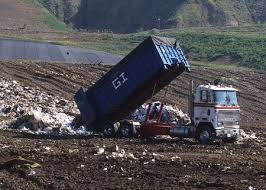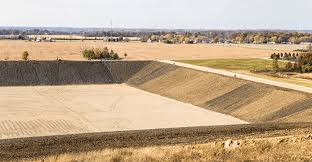Sanitary landfill was originally meant to be the last destination of waste materials. As such, by the year 2000, more than 50 per cent of all waste generated nationally in developed countries ended up in landfills.
The continuing development of more stringent requirements for landfills is making this ultimate disposal option less environmentally offensive, but more costly. The increasing ability to recover methane from landfills is providing a positive use for what has historically been a non-valued disposal method.
Bioreactor landfill technology has the potential to further reduce the environmental impact of landfills and maximize methane recovery from these systems.
Meanwhile, the following are the advantages and disadvantages of sanitary landfill;
Advantages
Sanitary landfills when properly sited and operated:
- Do not pollute the ground water
- Checks fly breading and infestation by rodents and vermin
- Prevents unsightliness and odour nuisances
- Is a source of useful energy like methane gas
- Yields manure for agricultural purposes
- Provides employment for numerous operators
- Is a big business for investors
- Useful in waste land reclamation.
Read Also : Traditional Solid Waste Disposal Methods
Disadvantages

Apart from the prohibitive initial capital outlay and the large expanse of land taken up by landfill sites, a large number of adverse impacts may occur from landfill operations. Damage occurrence can include:
- Infrastructure (e.g., damage to access roads by heavy vehicles)
- Pollution of the local environment (such as contamination of groundwater and/or aquifers by leakage or sinkholes and residual soil contamination during landfill usage, as well as after landfill closure)
- Off gassing of methane generated by decaying organic wastes (methane is a greenhouse gas many times more potent than carbon dioxide, and can itself be a danger to inhabitants of an area)
- Harboring of disease vectors such as rats and flies, particularly from improperly operated landfills, which are common in developing countries
- Injuries to wildlife
- And simple nuisance problems (e.g., dust, odour, vermin, or noise pollution).
This list is growing steadily as time passes.

